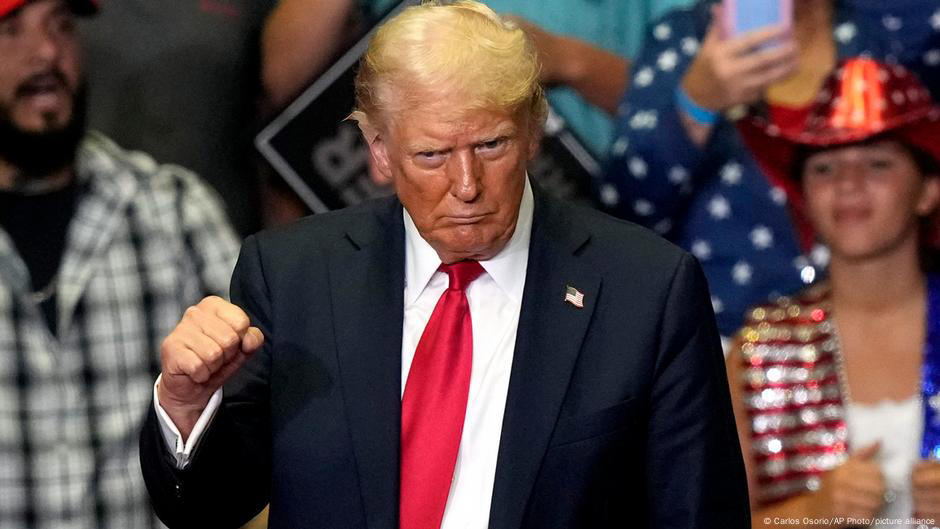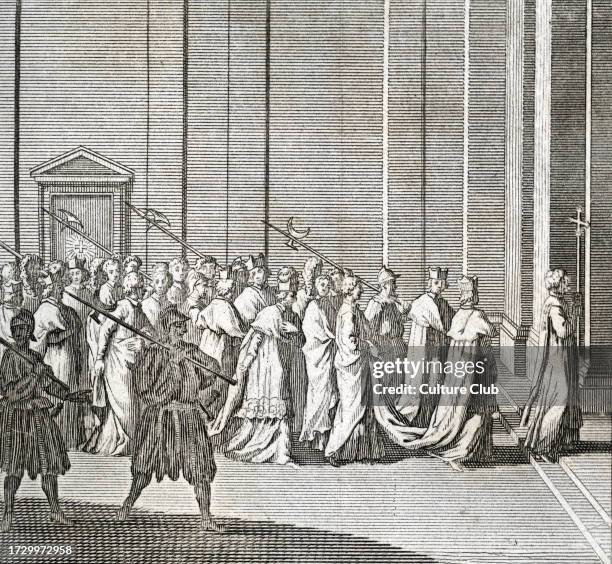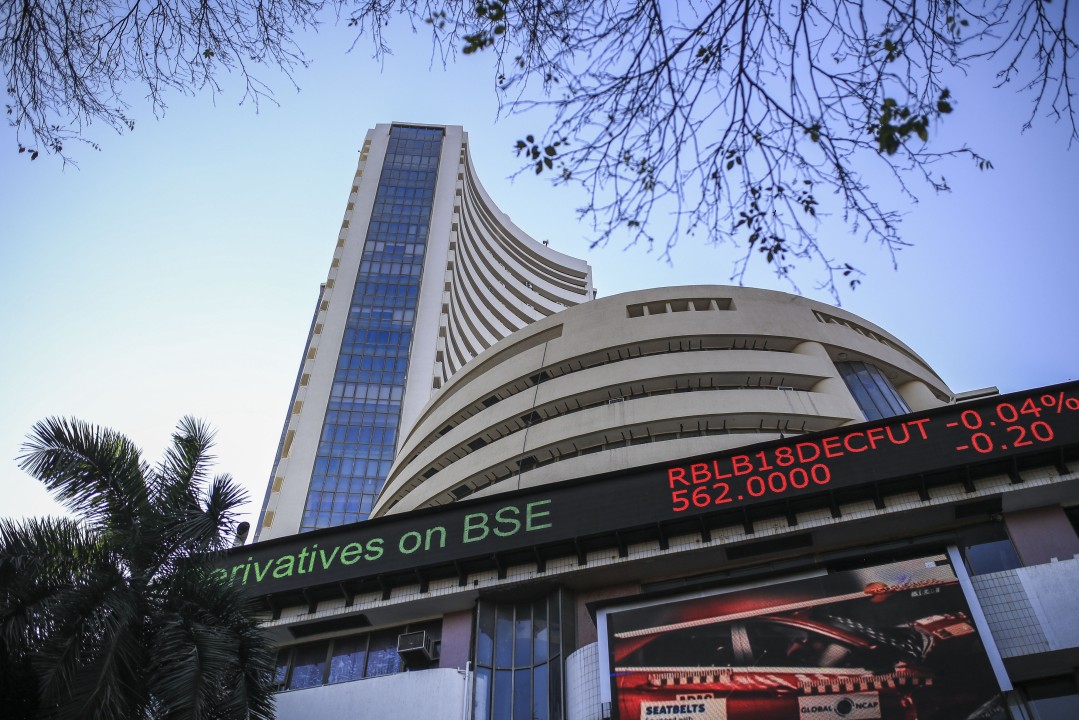The Human Cost Of Trump's Economic Vision

Table of Contents
Trump's economic vision, characterized by significant tax cuts and deregulation, presented a narrative of booming economic growth. While some sectors experienced apparent gains, a closer examination reveals a significant human cost, disproportionately impacting vulnerable populations and exacerbating existing inequalities. This article delves into the consequences of Trump's economic policies, showcasing how the reported economic successes masked a troubling reality for many Americans. We will analyze the impact of Trump's economic policies on various demographic groups, highlighting the widening wealth gap, the challenges faced by low-income families, and the consequences of trade wars and environmental deregulation.
Increased Inequality Under Trump's Economic Policies
The Widening Wealth Gap
Trump's economic policies, particularly the 2017 Tax Cuts and Jobs Act, significantly benefited the wealthiest Americans. This resulted in a dramatic widening of the wealth gap, a trend already concerning before his presidency.
- Tax cuts benefiting the wealthy: The tax cuts disproportionately lowered tax rates for corporations and high-income earners, leaving less revenue for social programs and public services.
- Stagnant wages for the working class: While the economy saw some growth, wages for the majority of working Americans remained stagnant or grew at a much slower rate than corporate profits and CEO compensation.
- Increased CEO compensation: CEO compensation skyrocketed during this period, further emphasizing the disparity between the wealthy elite and the average worker.
Reports from the Economic Policy Institute consistently documented the widening wealth gap during this period, highlighting the uneven distribution of economic gains under Trump’s economic policies. This widening gap represents a significant human cost, limiting opportunities and perpetuating cycles of poverty for many families.
Impact on Low-Income Families
Trump's administration implemented changes to welfare programs and Affordable Care Act (ACA) provisions, negatively impacting low-income families.
- Changes in welfare programs: Cuts and restrictions to welfare programs further strained already limited resources for low-income families, impacting their access to essential services.
- Impact on the Affordable Care Act: Efforts to repeal and replace the ACA, coupled with reduced funding, left millions of Americans without access to affordable healthcare, increasing financial burdens and health risks.
- Effects on minimum wage: The failure to raise the federal minimum wage exacerbated existing economic inequalities, leaving low-wage workers struggling to make ends meet.
These policies, combined with other factors, created significant hardships for low-income families, highlighting the human cost of an economic vision that prioritized the interests of the wealthy over the needs of the most vulnerable. Personal accounts of families struggling to afford basic necessities illustrate the devastating consequences of these policies.
The Impact of Trade Wars on American Workers
Job Losses and Economic Uncertainty
Trump's trade wars, characterized by the imposition of tariffs on imported goods, resulted in significant economic disruptions and job losses across various sectors.
- Impact on manufacturing: The tariffs sparked retaliatory measures from other countries, leading to job losses in the manufacturing sector, particularly in industries heavily reliant on exports.
- Agriculture and other sectors: Farmers and other agricultural producers faced significant losses due to retaliatory tariffs and reduced export markets. Other sectors, such as textiles and steel, also experienced job losses and economic uncertainty.
- Specific examples of affected industries and regions: The Midwest, for example, experienced disproportionate job losses in manufacturing due to the impact of tariffs on steel and other goods.
Data from the Bureau of Labor Statistics and industry reports confirmed significant job losses and business closures related to the trade wars. Companies dependent on international trade faced substantial financial challenges, leading to layoffs and economic hardship for many workers and communities.
Increased Prices for Consumers
The tariffs imposed during Trump's trade wars did not just impact businesses; they also led to increased prices for consumers.
- Examples of specific goods affected by tariffs: The price of steel, aluminum, and various consumer goods increased due to the tariffs, impacting household budgets.
- Resulting price increases: These price increases disproportionately affected low- and middle-income families, reducing their purchasing power and contributing to economic hardship.
The Bureau of Labor Statistics documented significant price increases for many consumer goods following the implementation of tariffs. This demonstrates the tangible human cost of these trade policies, impacting the daily lives of American families.
Environmental Deregulation and its Human Cost
Health Consequences of Environmental Rollbacks
The Trump administration's significant rollbacks of environmental regulations led to increased pollution and subsequent health consequences.
- Increased air and water pollution: Weakening of environmental protection standards resulted in increased air and water pollution, impacting respiratory health and increasing the risk of various diseases.
- Effects on public health: Studies linked the relaxation of environmental regulations to increased rates of asthma, respiratory illnesses, and other health problems.
- Impact on vulnerable populations: Low-income communities and communities of color were disproportionately affected by increased pollution due to their proximity to polluting industries.
Numerous scientific studies highlighted the link between environmental deregulation and increased health problems. These studies paint a stark picture of the human cost associated with these policy decisions, particularly on vulnerable populations who bear the brunt of environmental damage.
Economic Costs of Environmental Damage
The long-term economic consequences of environmental deregulation are substantial.
- Increased healthcare costs: The increase in pollution-related illnesses translates into significant increases in healthcare costs, both for individuals and the healthcare system as a whole.
- Infrastructure damage: Climate change-related events, exacerbated by environmental rollbacks, cause significant damage to infrastructure, requiring costly repairs and replacements.
- Loss of tourism revenue: Environmental degradation can negatively impact tourism revenue, affecting local economies and communities.
Data from various sources showcase the significant economic burden of environmental damage, highlighting the long-term costs of neglecting environmental protection. These economic costs ultimately translate into real human consequences, affecting individuals, communities, and the national economy.
Conclusion
Trump's economic vision, while presenting a narrative of economic growth, left behind a significant human cost. The widening wealth gap, the struggles of low-income families, the negative impacts of trade wars, and the consequences of environmental deregulation all paint a picture of an economic approach that failed to prioritize the well-being of all Americans. The disproportionate impact on vulnerable populations underscores the urgency of addressing these issues. Understanding the human cost of Trump’s economic vision is crucial for shaping a more equitable and sustainable economic future. For further investigation, consult reports from the Economic Policy Institute, the Brookings Institution, and the Bureau of Labor Statistics to gain a deeper understanding of the long-term consequences of these policies.

Featured Posts
-
 Higher Bids Higher Risks The Stock Markets Uncertain Future
Apr 22, 2025
Higher Bids Higher Risks The Stock Markets Uncertain Future
Apr 22, 2025 -
 The World Mourns Pope Francis Celebrating A Life Of Faith And Service
Apr 22, 2025
The World Mourns Pope Francis Celebrating A Life Of Faith And Service
Apr 22, 2025 -
 Swedens Tanks Finlands Troops A Pan Nordic Defense Force
Apr 22, 2025
Swedens Tanks Finlands Troops A Pan Nordic Defense Force
Apr 22, 2025 -
 Understanding Papal Conclaves History Secrecy And The Election Of The Pope
Apr 22, 2025
Understanding Papal Conclaves History Secrecy And The Election Of The Pope
Apr 22, 2025 -
 Conclave 2023 A Defining Moment For Pope Franciss Legacy
Apr 22, 2025
Conclave 2023 A Defining Moment For Pope Franciss Legacy
Apr 22, 2025
Latest Posts
-
 Understanding The 1 400 Point Sensex Jump 5 Factors Fueling Market Growth
May 10, 2025
Understanding The 1 400 Point Sensex Jump 5 Factors Fueling Market Growth
May 10, 2025 -
 Investing In Palantir Weighing The Risks And Rewards Of A Potential 40 Increase By 2025
May 10, 2025
Investing In Palantir Weighing The Risks And Rewards Of A Potential 40 Increase By 2025
May 10, 2025 -
 Indian Stock Market Sensex Nifty Todays Performance
May 10, 2025
Indian Stock Market Sensex Nifty Todays Performance
May 10, 2025 -
 5 Factors Driving Todays Surge In The Indian Stock Market Sensex And Nifty Analysis
May 10, 2025
5 Factors Driving Todays Surge In The Indian Stock Market Sensex And Nifty Analysis
May 10, 2025 -
 Palantir Stock Is It Too Late To Buy In 2024 For Potential 2025 Gains
May 10, 2025
Palantir Stock Is It Too Late To Buy In 2024 For Potential 2025 Gains
May 10, 2025
